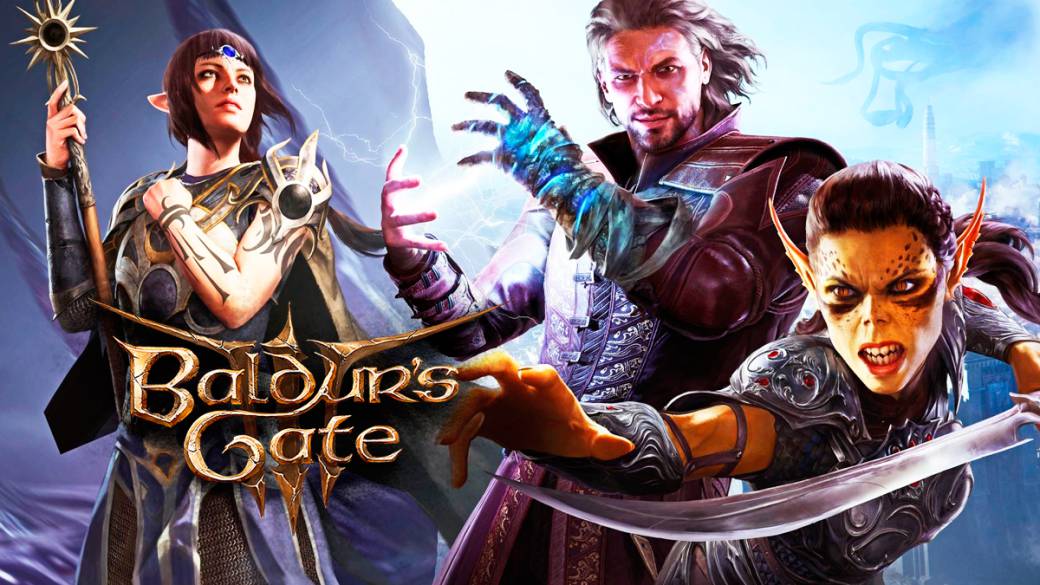
We tested the first iteration of an Early Access in which Larian’s game will grow into the game it seeks to be.
With the 20 years of Baldur’s Gate 2 just completed, you can see Larian’s interest in taking advantage of that flame to launch the playable beta of his foray into AD&D, following the pattern that has given the Belgian studio such good results with its Original Sin, They also spent months in Early Access, iteratively improving thanks to user opinions and experiences and thus achieving a layer of polish that elevated them as some of the best RPGs of the last decade. The stakes are, however, higher now given that we are no longer talking about a world created and shaped by the team, but that we are facing one of the most recognized names in the history of computerized role playing, the watchword of an entire generation. of fans of the genre and with the stamp of one of the most visited and explored fantasy worlds such as Dragons and Dungeons, which conditions the room for maneuver and puts more eyes on development, with a good portion of preconceptions and the usual Annoyance that appears when a study not only picks up the witness of another, but decides to move away from its original focus in pursuit of its own vision.
The Early Access that begins now represents the first step of what is expected to be a long road to the launch of a game, a first opportunity to dive into the ideas, systems, characters and general approaches of the team at the time of raising a project that breaks the plot and mechanical ties with Bioware’s work, pushing the story into the future and adapting it to the new rules of the fifth edition of the board game, discarding in the process the famous stop-and-go real-time system, known familiarly as RTwP (Real Time with Pause), which so distinguished Bioware’s work and which served as the foundation of a golden age for the CRPG at the hands of an Infinity Engine that supported games of the stature of Icewind Dale and Planescape Torment. Instead, as it was shown in its day, the game embraces a pure turn-based combat system, in the image and likeness of the last Divinity, a clear display of independence and a complete declaration of intent.
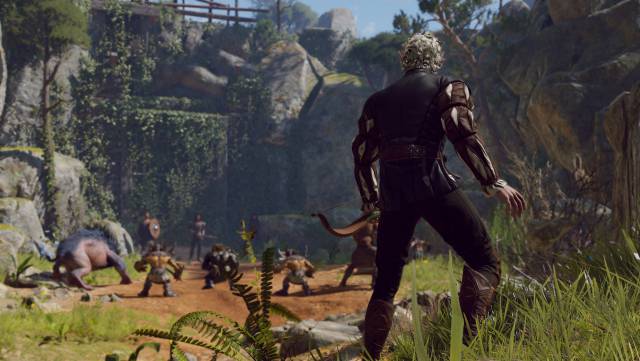
New way
What comes out now for PC and Stadia is the first act of the game, about 20 hours. Those already familiar with previous Larian games in paid beta will know what to expect: bugs of course, limited content and polishing in exchange for the possibility of experimenting with a piece of the game at will. Certainly those who want to experience the full story don’t have much to do here, but those who want to fiddle with systems, try out classes, or play with the turn-based combat system will have a chance. The Belgian studio has already anticipated that it will be “at least” one year in Early Acres, with incremental improvements and progressive access to new facets such as new classes that are being incorporated, so those who want to enjoy the final game will have to arm themselves with be patient and decide if you want to try the substantial advance or wait.
As soon as we enter the initial menu, we stop at an important element in a game with these characteristics: the opening music, with the difficult role of living up to the memorable work of the composer of the two original games, Michael Hoenig and his two recognizable opening themes. If we expected some nod to those bars, we quickly discarded the idea and we appreciate that it seeks to establish its own identity from the beginning. The music of the introduction of Baldur’s Gate 3 does not have such fantastic-epic connotations as its predecessors, imposing a more gloomy, slow and choral tone that is gradually opened by a second chorus of female voices, with a growing rhythm of drums that lead the song to the zenith and reach there, now, a certain epic tone, of great adventure, that one would expect in a title that bears this name.
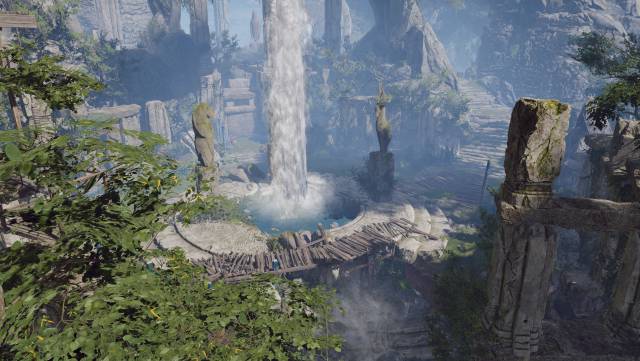
Creating your avatar
After that observation, we enter one of the “toys” that we can get the most out of in this free beta period: the creation of characters. An essential element in a Baldur’s Gate, having the roleplaying base that it has. The third installment presents a wide range of customization options, simulating as closely as possible the character creation options of a D&D tabletop RPG, along with other options that will make sense in the context of a CRPG. In total we will have six subcategories to complete for our protagonist: origin, race, appearance, class, abilities and attributes, all important in their own measure.
The origin is one of the most important aspects for the narrative of the game. It works in a similar way to the origins in Dragon Age, personal stories of the protagonist that determine his nature, open up possibilities and have an impact on the story. The origins are closed in Early Access, but during our first contact with the game in Paris, we were able to appreciate some details of this facet thanks to a character of a vampiric nature, which exceeds this in terms of relationships with colleagues who do not they suspect our condition. Among other possibilities we could, for example, do things like suck some blood from a member of our group while they slept, obtaining a bonus at the cost of a penalty for our victims. Along with the origin we can also choose a background, such as charlatan, criminal, acolyte, nobleman and several others, which will offer special bonuses to some of the skills, which can be translated
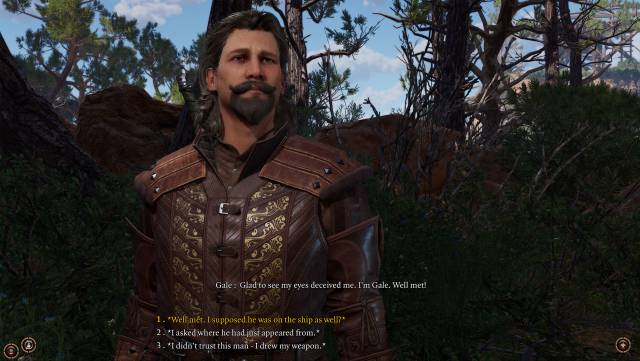
The next section in character creation is race, which includes eight available, with possible sub-races. The classic elves for example currently have variations of High Elves and Forest Elves, each with its different advantages and attributes. Along with them, we find Tieflings, Drow, Humans, Githyanki, Dwarves, Half-Elves and Halflings, which in the final game will add up to about 16 sub-races in total. Then the appearance would come, where we can choose voice, face type, skin tone, eye color, hairstyle, hair color or the tattoos that we can wear on the skin. There is not the exaggerated customization of features of some RPGs here, but there are enough to create an avatar to our liking.
Classes are limited to six in Early Access: Cleric, Warrior, Ranger, Rogue, Warlock, and Wizard, with some corresponding subclasses available, but not all. In the final game there will be 12 main classes and about 40 subclasses in total, so the possibilities and the classic replayability of the saga is guaranteed. Finally, we find the classic attributes (strength, dexterity, constitution, intelligence, wisdom and charisma) plus a series of abilities that will be given by the combination of choices made, which include things like intimidation, investigation, survival, arcana, history, athletics , perception, stealth and several others that should affect the development and capabilities of our protagonist in the great adventure that awaits him. As a note, the game also allows us to sketch a romantic ideal, allowing us to create another character that is attractive to our protagonist – it goes without saying that there is no gender or race limitation for it, so there is full freedom to create an ideal to our liking -.
Larian imposes his law

For those who decide to jump in, they will find a game with much to polish but that allows a glimpse of his potential and Larian’s goals for him. The introduction puts us in the role known through the (fabulous) cinematic trailer: as a prisoner of the mind-lasers in one of their fearsome nautiloid flying ships, subjected to the process of ceremorphosis through the implantation of a larva in our brain, whose mission is to become in one more of the fearsome alien race. The process is interrupted by a githzerai attack on the back of dragons and after passing a couple of planar jumps, we end up with the crashed ship at an unknown point, a few days’ journey from Baldur’s Gate.
The feelings before these opening bars are somewhat mixed for the lifelong fan of Baldur’s Gate. It certainly bears an “Ill” and is set in the Faerun we know so well, but it is evident that Larian has taken control of the name and will direct his destiny according to his own vision and design, which is not Bioware’s 20 years ago when released Shadows of Amn; Nor is the Belgian studio looking for a spiritual revival as Pillars of Eternity was conceived. It cannot even be said that the game closely follows in the footsteps of the Original Sin, the titles that have catapulted the Belgian studio to the top; Its traces are noticeable, but this game is a clear evolution of that base and is far enough apart not to be considered a new installment of the same disguised as AD&D.
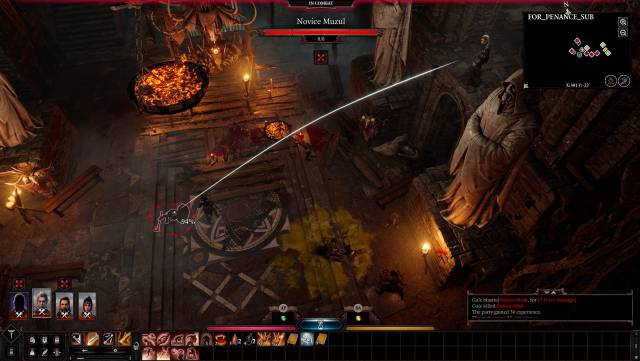
It is clear that this project wants to be more than the Original Sin were. There is a noticeable leap in production values to play in the same league as AAA studios on RPG, Bethesda or Bioware with their lavish productions, licensed music, and fully performed narrative with the faces and voices of actors. The jump can be clearly appreciated when we start a conversation with another character and a close-up camera shot appears in which the facial details of our interlocutor, their gestures and expressive animations can be appreciated. We are certainly facing a game closer to the production of the Dragon Age, than to the more modest Original Sin. Apart from the detail of the models, all the dialogues are recorded – except for the silent protagonist who is limited to offering us the corresponding dialogue options -, which contributes to the clearly sought cinematic touch.
Dialogues full of tension
Beyond the facade, considering the importance of dialogue in a game with this name, it was important to see how the team is developing this facet. We have the classic choice of lines of dialogue, some generic and others conditioned by our character. We have verified, with pleasure, that being a Drow we will obtain different reactions and special answers according to this, which go beyond the aesthetic. For example, at one point in the first area is a goblin camp that connects with the opening bars of the story. Under normal conditions, they would ambush us as soon as they saw us, but being a dark elf, the leader is fearful and respectful, allowing us to move freely around the area. It is true that in this case we are not one of the acolytes of Lolth, the queen of the spiders, and therefore we do not have the characteristic red eyes or the malevolent attitude of most of our race, but the knowledge of the goblin does not reach more beyond the color of the skin, which opens narrative possibilities that would not be open to a human or an elf.
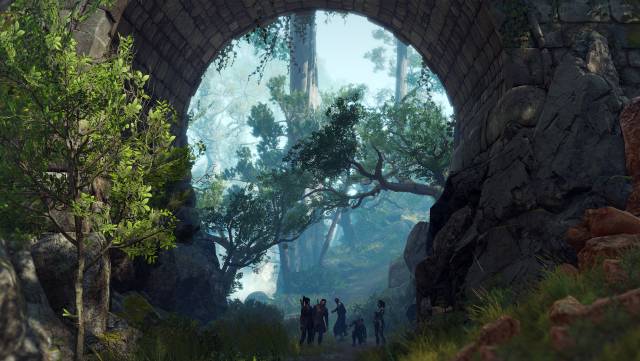
The C&C (choices and consequences) seems to be well developed. There will be dialogues that depend on whether we manage to convince our interlocutor, with important consequences if we do not. Our abilities and attributes will give us bonuses in certain options, but ultimately everything will depend on the roll of the dice. If we want to convince someone of something, we can have options to intimidate, persuade or reason, and depending on our characteristics we will have different bonuses in each option. Once chosen, we will “roll” a D20 to equal or exceed the required score, with the corresponding bonuses. If we do not overcome it, the consequences can be really serious and generate waves that will be noticed later. The fact that we see the dice spin in each of these moments is a curious touch, although somewhat disconcerting and intrusive at times when breaking the rhythm of the conversation and taking us out of the scene a bit. We sense that the choice is designed especially for multiplayer and to add visible drama to the streams, knowing that a bad roll can lead to a disaster, with hilarious effects for the public, but perhaps it should be an element raised in another way in an individual campaign.
Another aspect in which we wanted to focus on these early measures in combat, where we obviously find more points in common with the later Divinity than with Bioware’s Baldur’s Gate. It is strictly turn-based, with mobility and action points to determine how we move our group around the stage and what they can do. There are skills that spend action points, and others that don’t, so that’s another factor to take into account. The positioning in front of the enemy, the relative height at the time of carrying out the attack, the type of terrain and other conditions should be taken into account when making a successful tactical approach. The possibility of altering the terrain conditions thanks to spells and abilities, so typical of the Original Sin, is rescued – the fire is extinguished by invoking rain, etc.-. The skills and spells are more colorful by virtue of the fact that the camera can be closer and that cinematic and spectacular air is sought, without losing sight that we are facing a game of certain demand, with difficult combats if opportunities are not taken well – Charging head-on in encounters with numerous enemies is often a bad idea. Thanks to the use of certain spells and abilities we will be able to seek advantageous positions in a terrain that can be complex, with a multitude of heights and available spaces in which to put the battle in our favor.
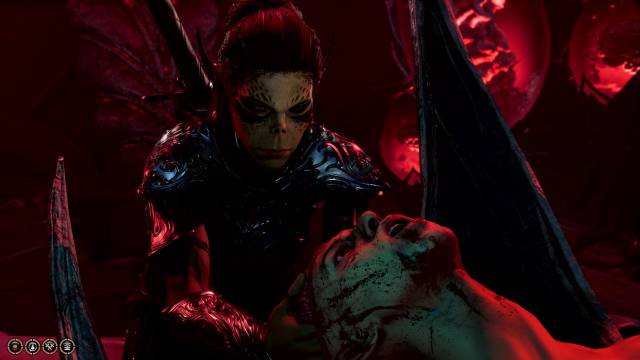
A long road ahead
We could dig deeper, but knowing Larian’s recent background, there will surely be numerous changes heading into the final game to draw clear conclusions. More pertinent would be to answer the question of whether it is worth jumping into Early Access, if it is worth spending that € 60 already for having the opportunity to play this fragment now, see how it evolves and even try to help the Belgian team with opinions fully founded. The content is substantial – about 20 hours, with characters reaching level 4 and quite replayable – but it is extremely imperfect in numerous sections, as is normal. If you are used to the idea of Early Access and you know what you are going for, it is not a bad investment if you are clear that you are going to play it yes or yes, taking into account that you are paying for the final game in advance, with the right to the period of proof. But if you are not in a particular rush or eager to see what Larian is cooking, it is preferable to wait a few months to find something more complete, or directly arm yourself with patience and wait for the real launch and experience the game in optimal conditions. That will be the moment when it is time to judge whether the audacity to bear the name of Baldur’s Gate and to continue the monumental legacy left by Bioware is justified.

